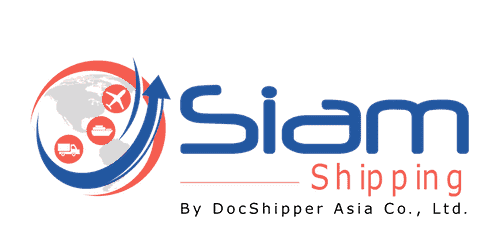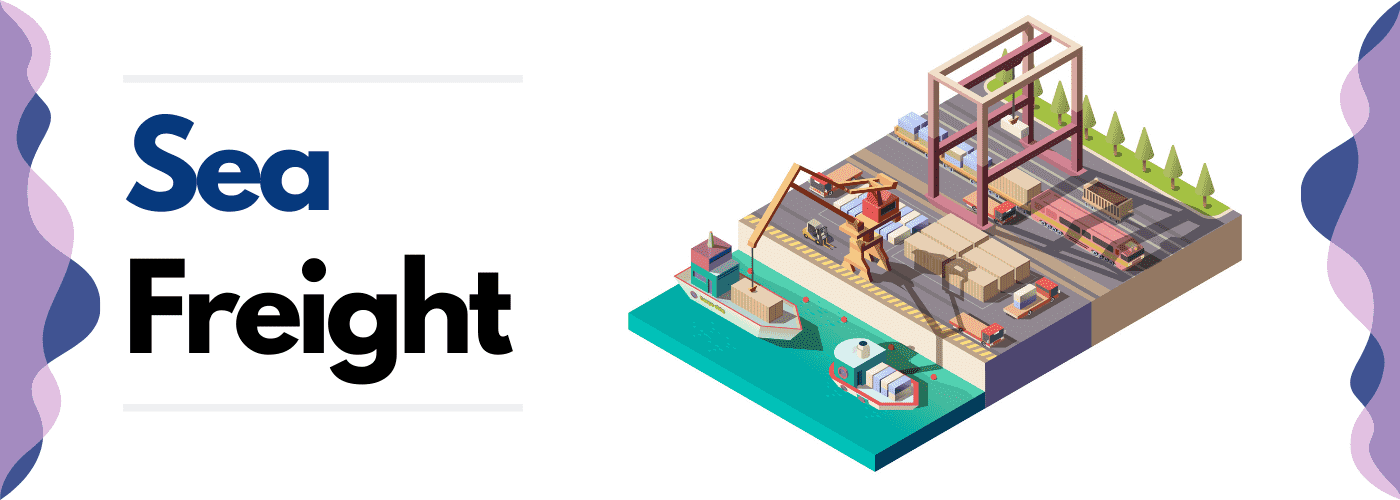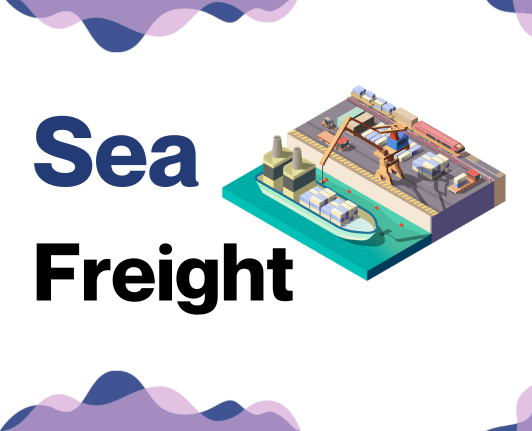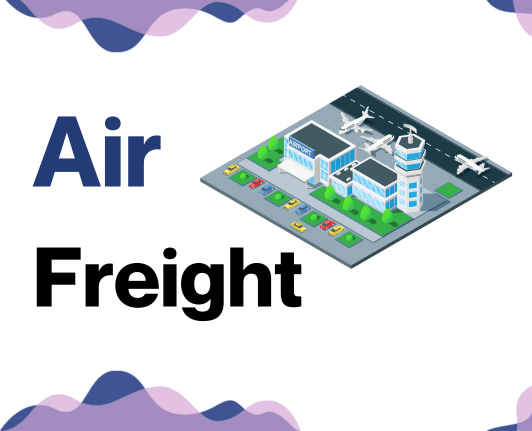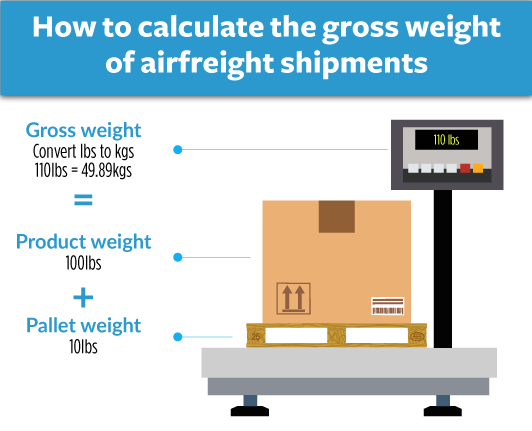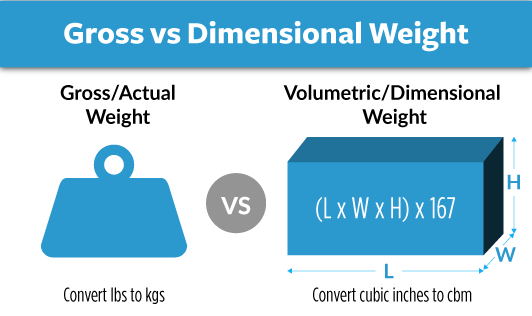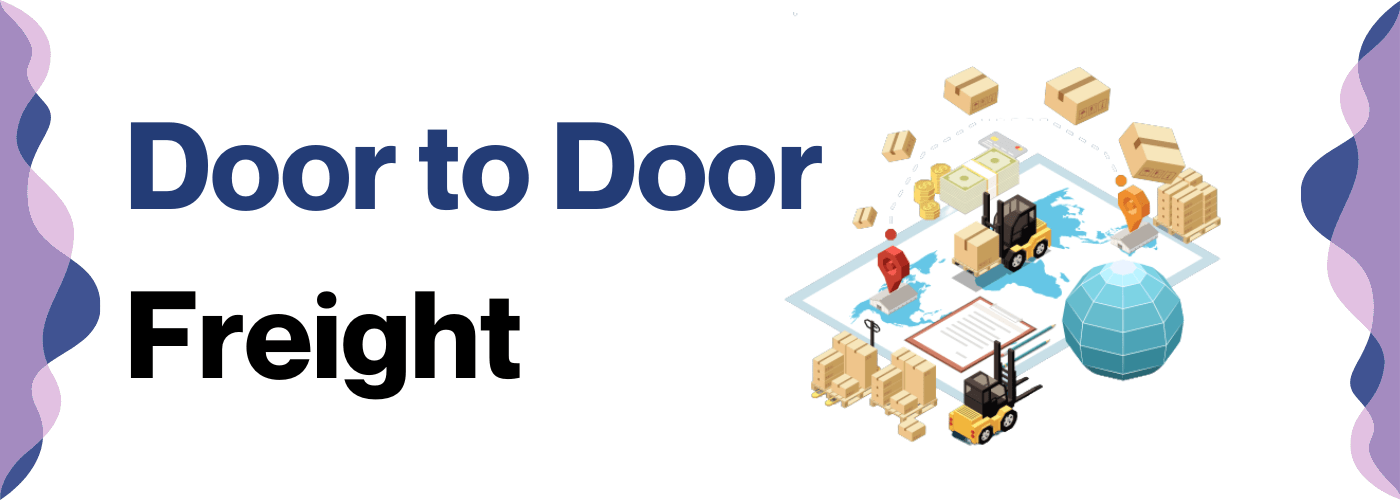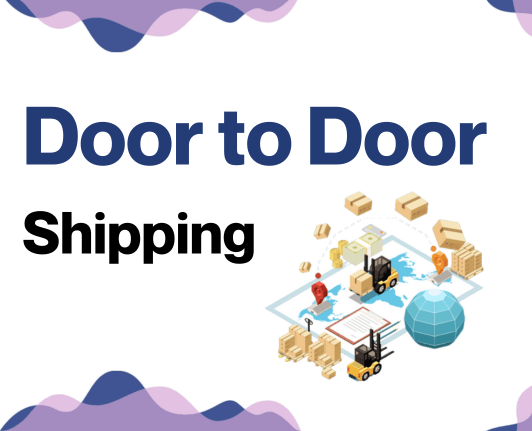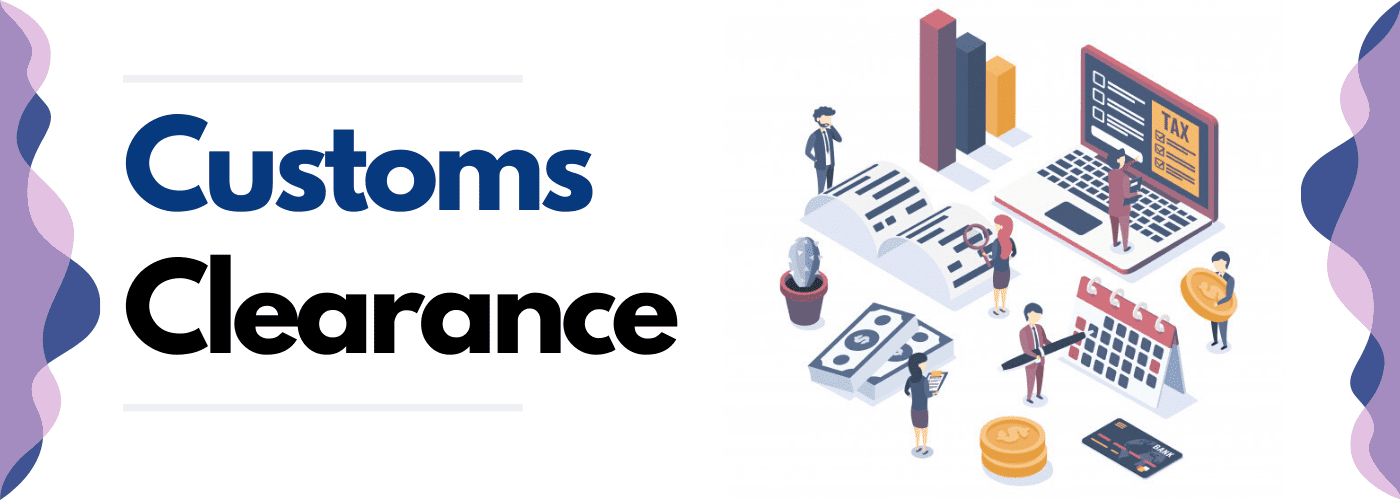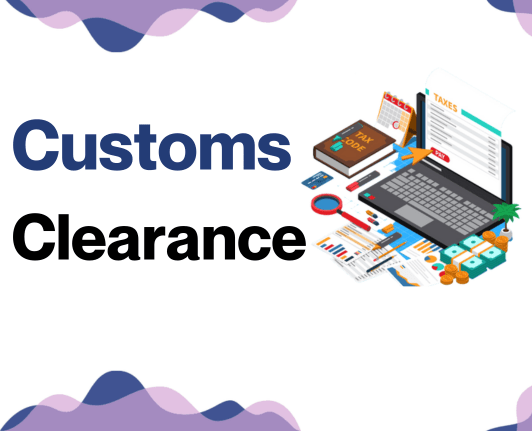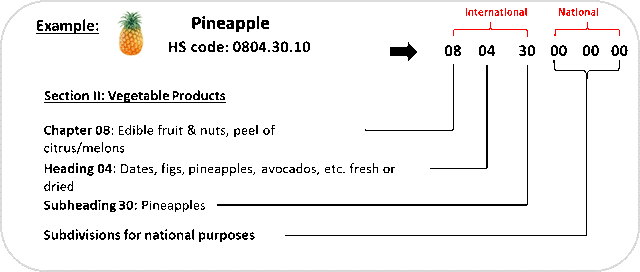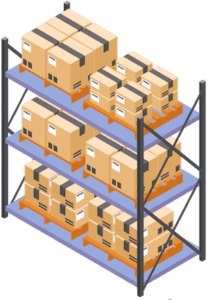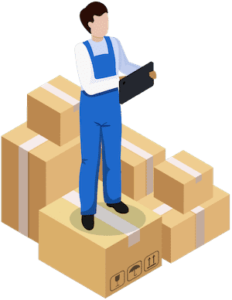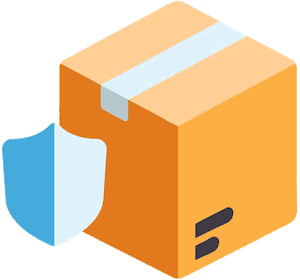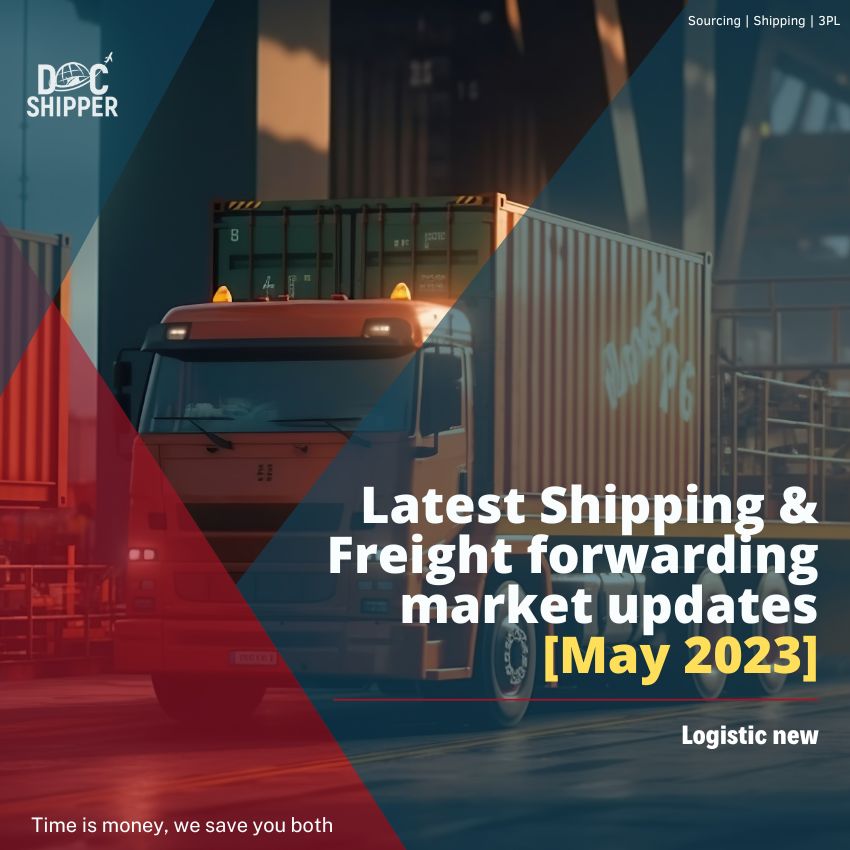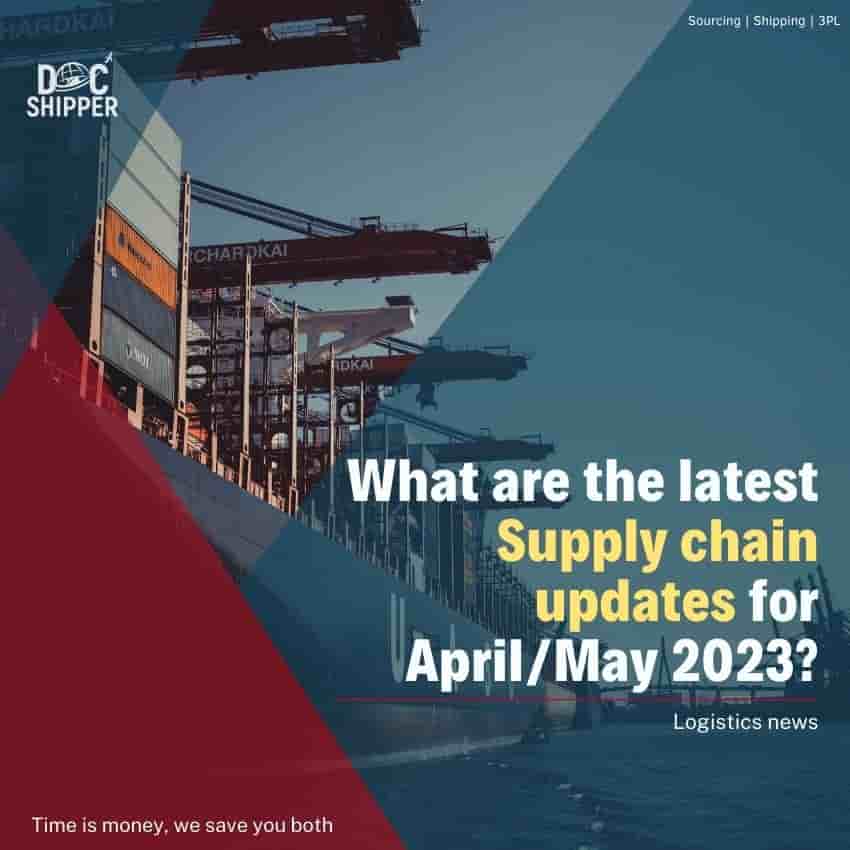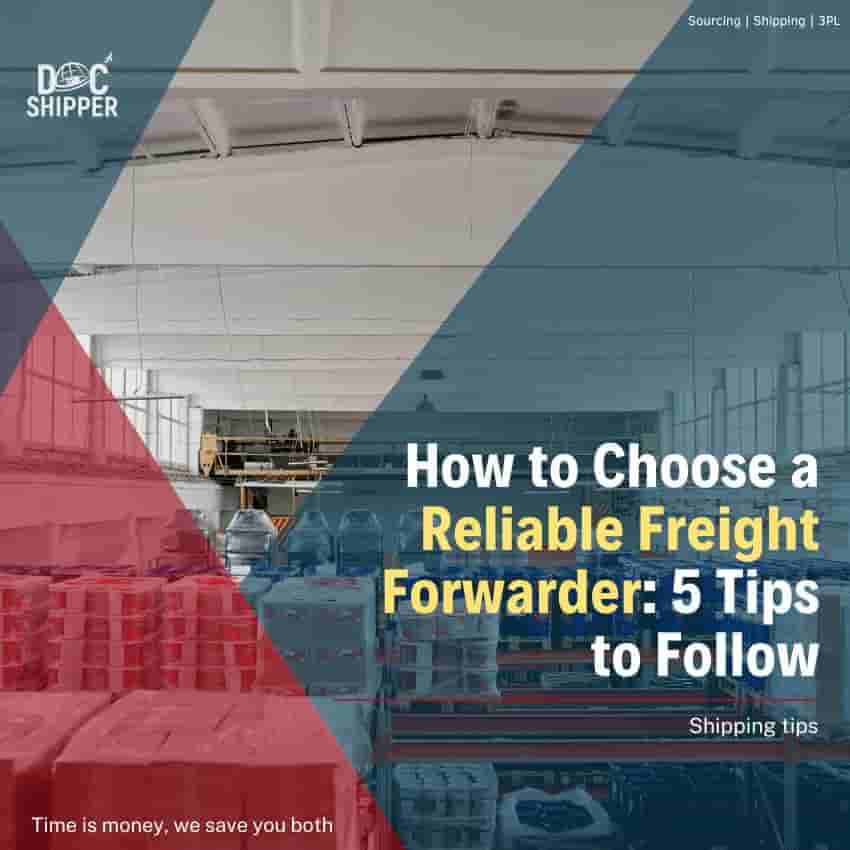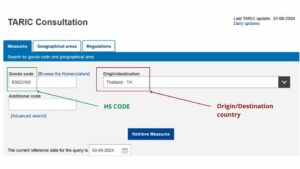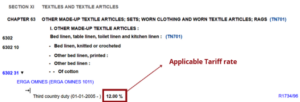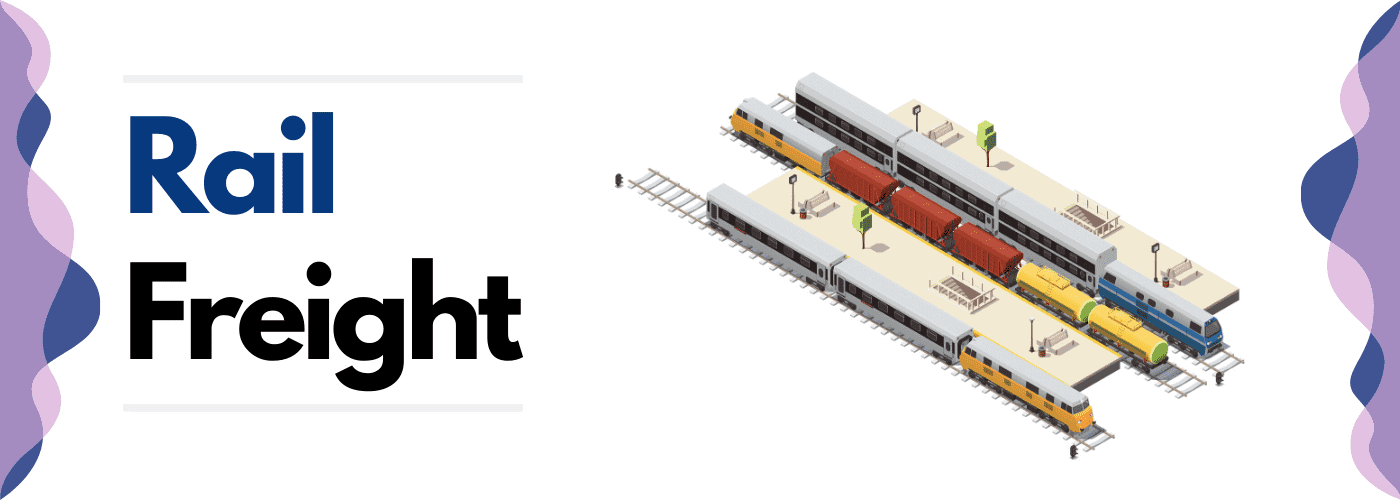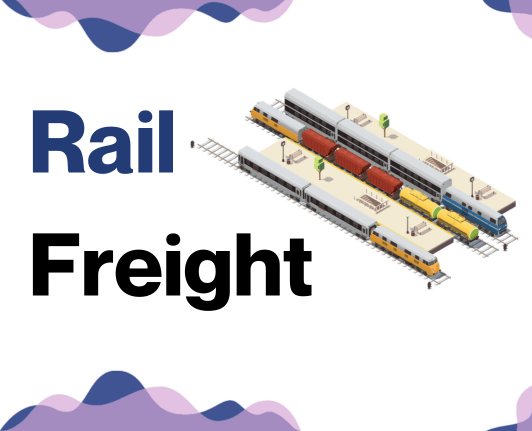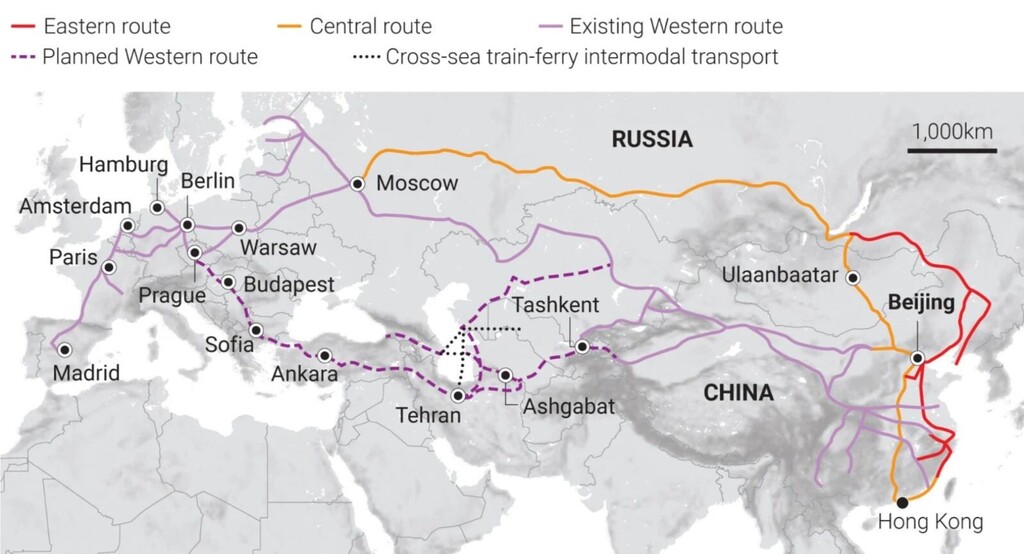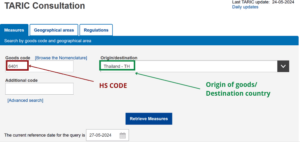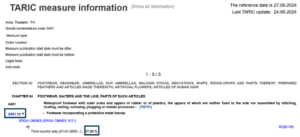Main international airports in Thailand
Cargo Volume: Annually, Suvarnabhumi airport processes around 1.94 million tonnes of cargo annually, making it a significant international trading hub.
Key Trading Partners: Trading partners are predominantly in Asia with strong links to China, Japan and malaysia. There's also substantial cargo traffic with Europe and the USA.
Strategic Importance: Its location in the Thailand capital, Bangkok, makes it strategically vital for intraregional trade and its connectivity to international destinations increases its importance globally.
Notable Features: It boasts the world's fourth largest single-building airport terminal and is designed to handle six million tonnes of cargo per annum. The airport has advanced cargo facilities and dedicated cargo airlines.
For Your Business: If speed and point-to-point international connectivity are paramount to your supply chain, Suvarnabhumi Airport is an excellent choice due to its extensive cargo handling capacity and wide range of air routes.
Cargo Volume: As a secondary cargo hub, it processes around 90,000 tons of cargo annually.
Key Trading Partners: Don Mueang has links mostly with Southeast Asian countries like Vietnam, China, and Indonesia.
Strategic Importance: Located within the city limits of Bangkok, Don Mueang's strategic importance is due to its role as a low-cost carrier airport and its high connectivity within the region.
Notable Features: It houses a number of cargo-only airlines and has a dedicated air cargo terminal.
For Your Business: Don Mueang International Airport is more suited for smaller volume shipments to regional Southeast Asian destinations or as a secondary hub for your cargo needs.
Cargo Volume: Phuket airport handles more than 20,000 tonnes of cargo annually.
Key Trading Partners: Primarily trading partners are China, Russia, and other Southeast Asian countries.
Strategic Importance: As the third busiest airport in Thailand, it's significant for the trade of the southern regions and the Andaman Sea area.
Notable Features: The airport recently expanded its cargo handling capacity with a new multi-million dollar terminal.
For Your Business: If your business relies on shipping to regions connected to the Andaman sea or if you're shipping seafood or other perishables, Phuket International Airport, with its upgraded facilities, might serve your needs excellently.
Cargo Volume: The cargo volume of this airport is around 36,000 tons annually.
Key Trading Partners: Partners mainly consist of other Asian countries like China, Japan, and South Korea.
Strategic Importance: Serving the northern part of the country, this airport acts as an important gateway for trade with Myanmar and the Greater Mekong Subregion.
Notable Features: Besides civilian functions, the airport also serves the Royal Thai Air Force which means heightened security protocols for your goods.
For Your Business: If you're dealing with smaller shipment volumes and appreciate secure facilities, or need specific routes covering Northern Thailand and the Greater Mekong Subregion, this airport is a strong candidate.
Cargo Volume: This airport manages about 3,500 tonnes of cargo per year.
Key Trading Partners: Main trading partners include China, Indonesia, and Singapore.
Strategic Importance: Hat Yai Airport is strategically significant because of its proximity to the Malaysian border, fostering cross-border trade.
Notable Features: Despite being smaller, this airport has a cargo terminal and handles both domestic and international cargo traffic.
For Your Business: Considering its position, Hat Yai International could be an effective choice if your business requires an access point for trade between Thailand and Malaysia.
